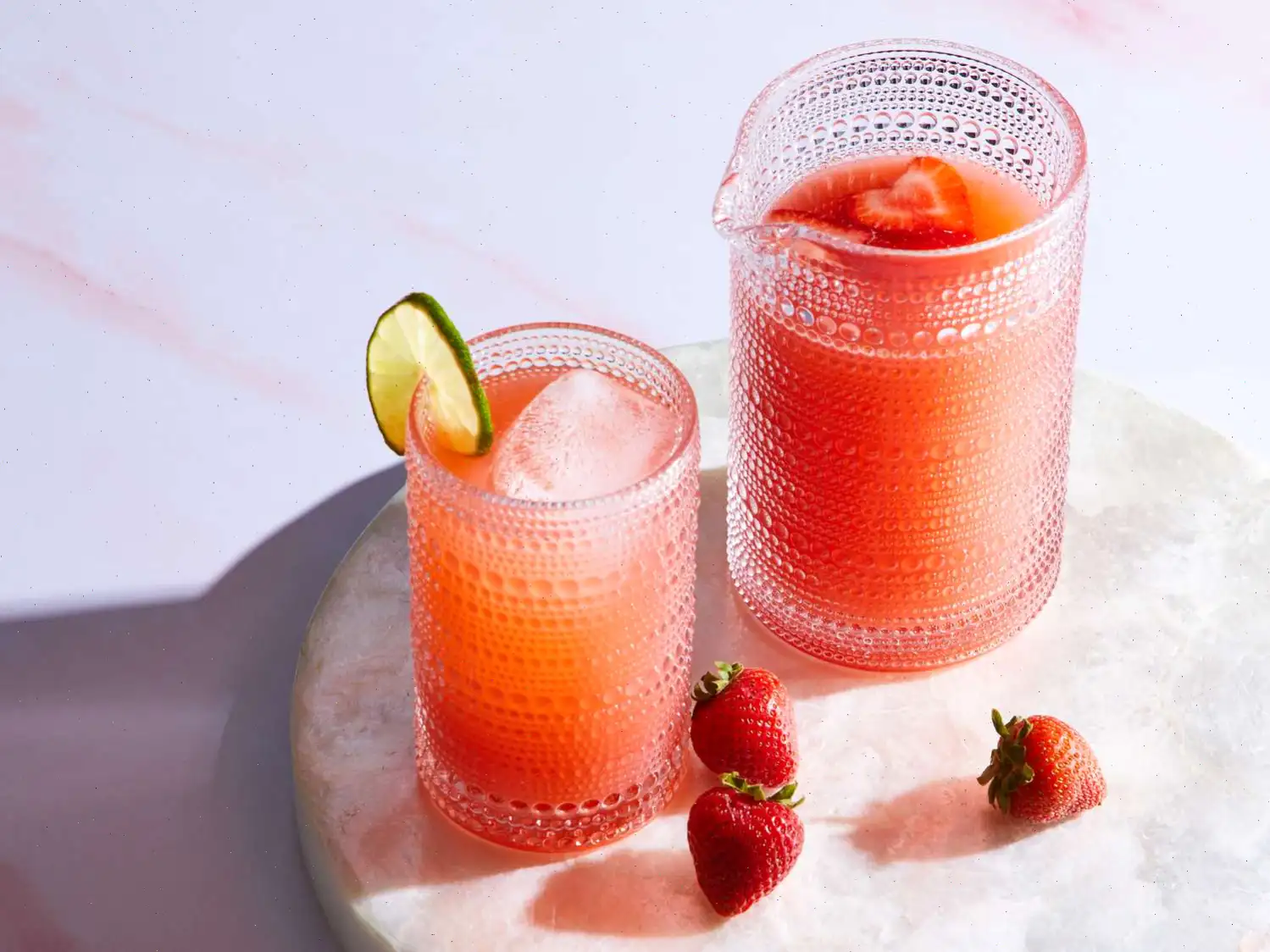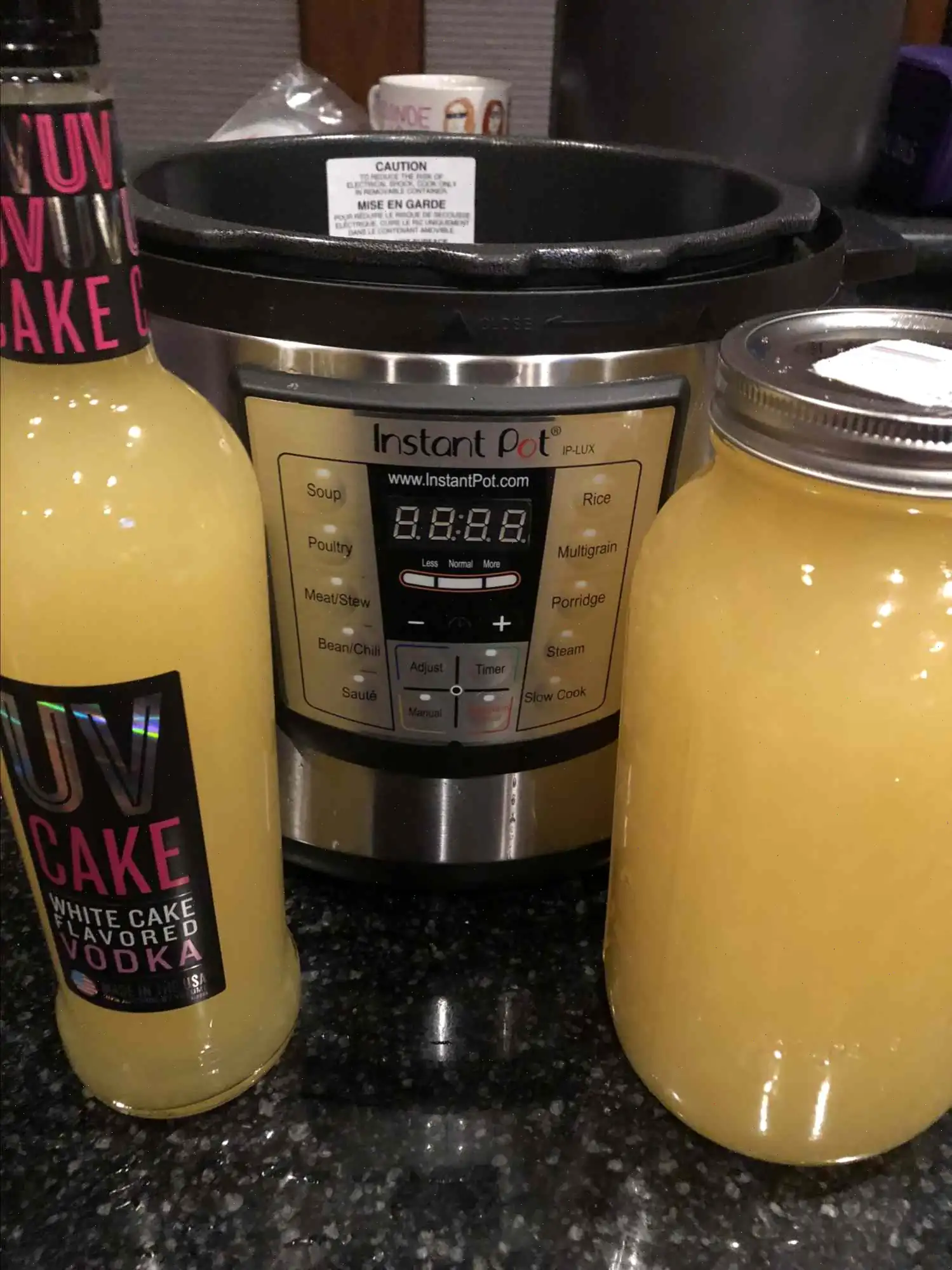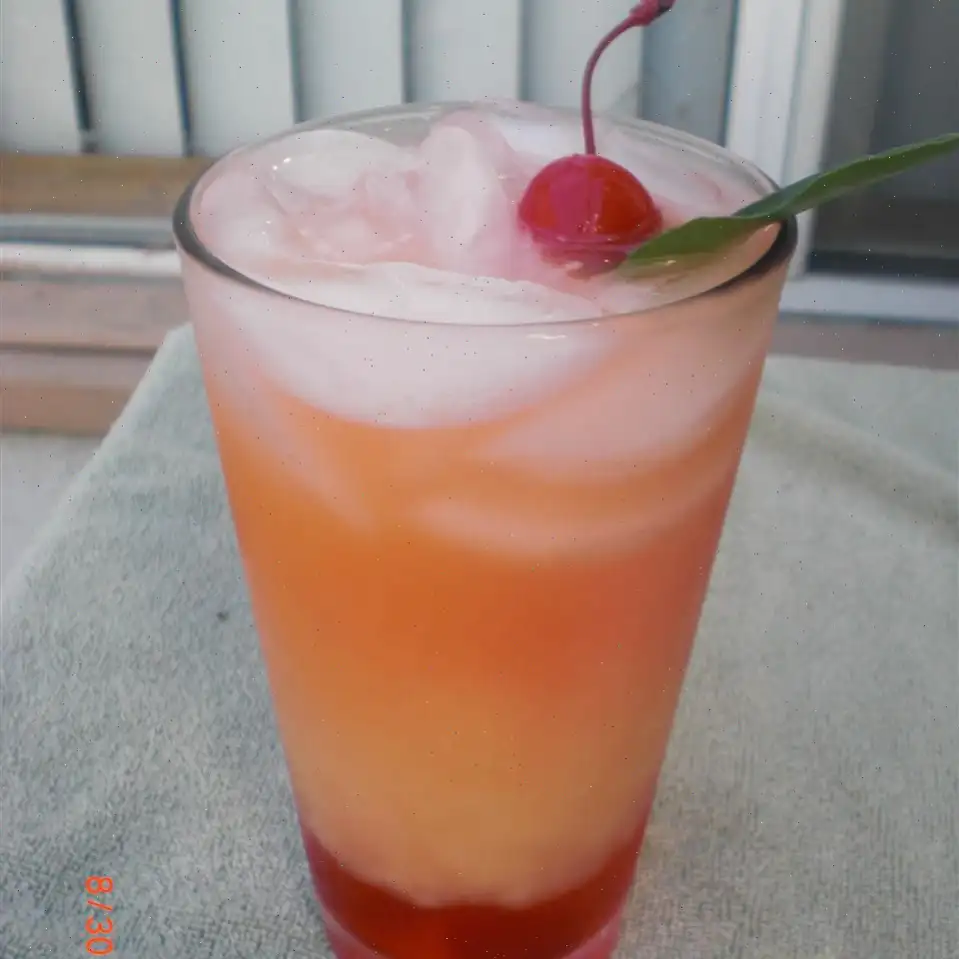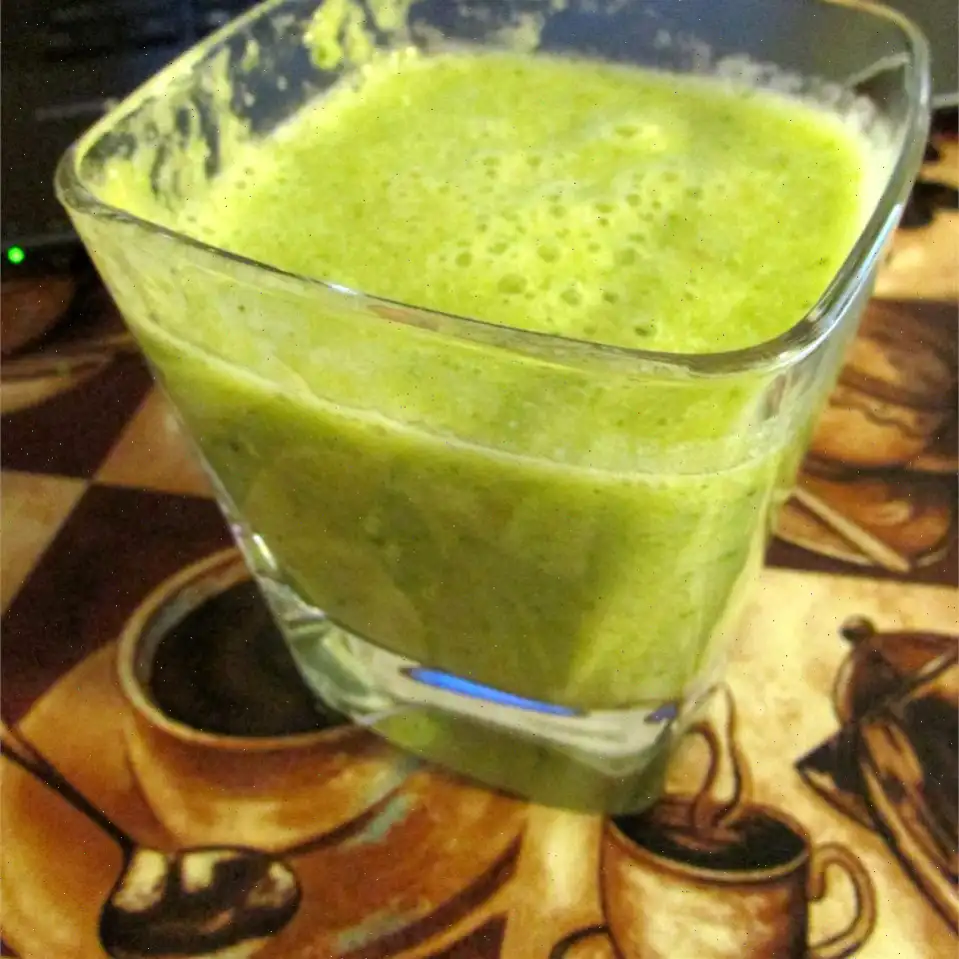
Iced Horchata Coffee Recipe
Horchata with Gevalia Cold Brew
This refreshing twist on traditional horchata combines the creamy, almondy flavors of horchata with the rich, bold taste of Gevalia Cold Brew, creating the perfect beverage for warm days. Easy to make, this recipe yields 4 servings and requires minimal prep time.
Ingredients
- 1 cup uncooked white rice
- 2 cups water
- cup raw almonds
- 16 ounces Gevalia Cold Brew Concentrate - House Blend
- 1 tablespoon blue agave nectar
- Ice cubes
- 4 (3 inch) cinnamon sticks
Directions
Step 1: Combine the rice, water, and almonds in a blender. Blend for about 2 minutes, or until well combined. The mixture should be coarse but well-mixed.
Step 2: Strain the mixture through a fine sieve or cheesecloth into a pitcher, discarding the solids. This ensures a smooth texture for your horchata.
Step 3: Stir in the Gevalia Cold Brew Concentrate and the blue agave nectar. Mix well to incorporate all the flavors.
Step 4: Serve the horchata over ice, adding the cinnamon sticks as a garnish for a touch of spice and visual appeal.
Tips
While many traditional horchata recipes suggest letting the rice mixture sit before use, this version skips that step for a quicker preparation. Enjoy it fresh!
Nutrition Facts
Each serving contains:
- Calories: 311
- Total Fat: 9g (12% Daily Value)
- Saturated Fat: 1g (4% Daily Value)
- Sodium: 31mg (1% Daily Value)
- Total Carbohydrates: 51g (18% Daily Value)
- Dietary Fiber: 5g (17% Daily Value)
- Total Sugars: 5g
- Protein: 7g (14% Daily Value)
- Calcium: 87mg (7% Daily Value)
- Iron: 3mg (18% Daily Value)
- Potassium: 187mg (4% Daily Value)
These values are based on a 2,000-calorie diet. Your daily values may vary depending on your individual needs.
Editor's Notes
This recipe was developed as part of a campaign sponsored by Gevalia. Please be aware that ingredient amounts may vary if you're following a version of this recipe from a magazine.
Origin Story
Horchata, a traditional Mexican beverage, has deep historical roots. Originating in ancient Egypt, the drink was made from soaked barley or rice and was later introduced to Spain, where it was adapted with almonds and cinnamon. The Mexicans then put their own spin on it, creating the beloved "Horchata de Arroz" (rice horchata) that is now a staple of Mexican cuisine. The idea of combining horchata with coffee, however, is a relatively recent innovation, melding the flavors of coffee with the sweet, creamy taste of horchata to create a refreshing and energizing drink perfect for hot weather.
Regional Variations
While the base ingredients of horchata are similar across Latin American countries, the preparation varies regionally. In Mexico, horchata is traditionally made with rice, almonds, cinnamon, and sugar. In El Salvador, it may include morro seeds or sesame, giving it a slightly different flavor profile. The addition of coffee to horchata is particularly popular in Mexico, especially in urban areas where coffee culture is thriving. Iced Horchata Coffee is widely enjoyed during summer festivals and is a common sight at Mexican cafes, particularly as a refreshing afternoon treat.
What Sets It Apart
Horchata coffee stands out from other iced coffee drinks due to its unique fusion of flavors. While standard iced coffee is typically strong and bitter, horchata coffee combines the robust taste of cold brew with the smooth, nutty sweetness of horchata. The addition of almonds and rice gives it a creamy texture, setting it apart from regular iced coffee beverages. Unlike a traditional caf con leche or iced lattes, which rely on milk for creaminess, iced horchata coffee uses rice and almond milk, making it a dairy-free option that's both rich and satisfying.
Where It Is Typically Served
Iced Horchata Coffee is commonly served at Mexican cafs, especially during the summer months, as a cooling refreshment. It's popular in areas with a large Mexican or Latin American population, such as Southern California, Texas, and parts of Arizona. You can find it at coffee shops that specialize in Latin-inspired beverages, as well as at local markets and street vendors who sell traditional Mexican drinks. Its also often enjoyed at home during family gatherings or celebrations like Cinco de Mayo, Da de los Muertos, and other Mexican holidays.
Fun Facts
- Horchata was originally made with barley in ancient Egypt, where it was known as "sherbet." The drink later made its way to Spain, where it evolved into the almond-based version popular today.
- The addition of rice and almonds in Mexican horchata provides a healthy dose of protein and fiber, which makes it more filling than traditional iced coffee.
- Agave nectar, commonly used to sweeten iced horchata coffee, is a popular natural sweetener derived from the agave plant, making it a lower-glycemic alternative to sugar.
- Horchata Coffee is often garnished with a cinnamon stick, which adds a delightful aroma and extra spice to the drink.
FAQ about Iced Horchata Coffee Recipe
Comments
SAllen
10/06/2025 01:52:54 PM
To the Canadian that object to regional ingredients. This is a Gevalia branded recipe. I didn't know agave nectar was regional but maybe it is. Here in the States Gevalia can be found in the coffee aisle of the grocery store and agave nectar is with the sugar. For substitutions any cold coffee concentrate shouldl work (as long as it's not a flavored coffee such a hazelnut). This might not be considered authentic but to me agave nectar tastes like sugar water so perhaps simple syrup or just plain sugar. It seems a little petty to make down a recipe because one can't find the ingredients.I see British recipes that have regional ingredients I've never heard of . I just google substitutions.
Lolo
09/27/2019 07:24:52 PM
This is very simple and delicious! I didn’t have almonds so I blended the rice with water and almond milk and it tasted great. I plan to make this again and again.
JAG
08/17/2017 06:19:41 PM
In El Salvador they use Morro seed and rice... but I made a couple of changes to the recipe... I brewed my on Decaf Coffee... and used a brown rice and whole almonds, and a bit of ground cinnamon to blend with the filtered water (hand blender on highest setting). To strain mine I pressed it through a regular mess strainer, and put the solids aside (I had 1/2 of solids to discard of the 1 cup of rice and 1/2 cup of almonds) My Friend from El Salvador said that the El Salvadorian version has a bit more grit than the Mexican... so this seemed to work well. And he approved of the drink. so I expect It must be pretty good.
Helen Lopez
07/09/2017 09:19:15 PM
Made it twice in one week — that good!
Betty Thomas
07/04/2017 08:09:27 PM
Couldn’t believe how easy it was.








